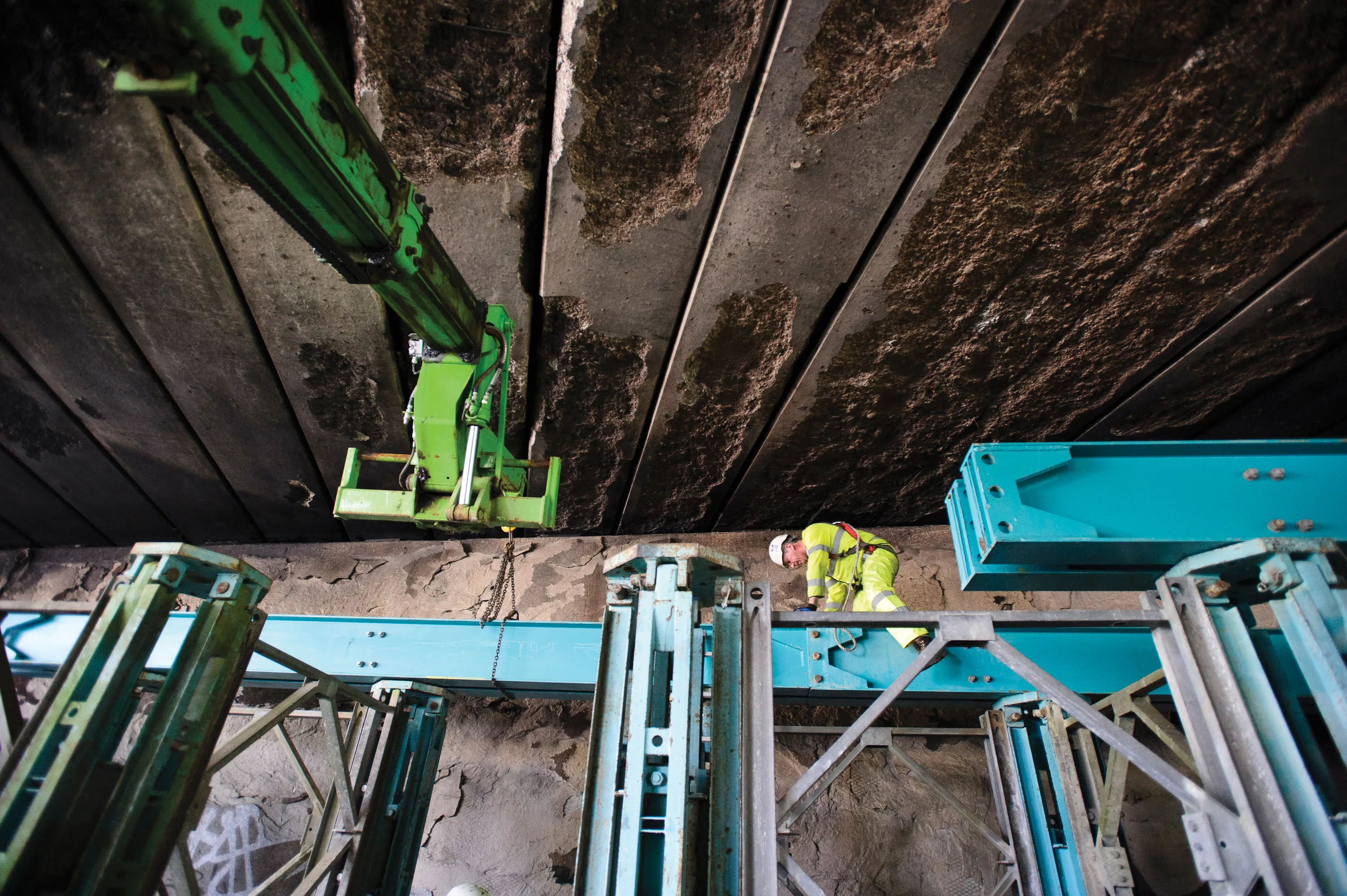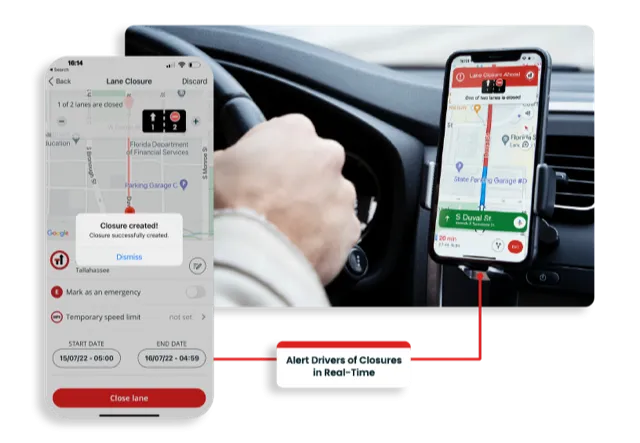Following a fire at a scrapyard under the motorway (one of Britain’s busiest) in April, extensive investigation, assessment and structural reinforcement work has taken place non-stop.
February 22, 2012
Read time: 1 min

WHILE ALL three lanes in both directions are now open between junctions 1 and 4 on the M1 motorway, north of London, UK, further closures will be required.
Following a fire at a scrapyard under the motorway (one of Britain’s busiest) in April, extensive investigation, assessment and structural reinforcement work has taken place non-stop.
An 80km/hour speed limit is in force over the viaduct for safety reasons.
The1441 UK Highways Agency says that it is likely there will be a need for further closures to enable permanent repair work to be undertaken. This will be planned to minimise disruption as far as possible.
Following a fire at a scrapyard under the motorway (one of Britain’s busiest) in April, extensive investigation, assessment and structural reinforcement work has taken place non-stop.
An 80km/hour speed limit is in force over the viaduct for safety reasons.
The








